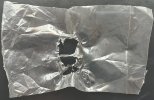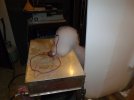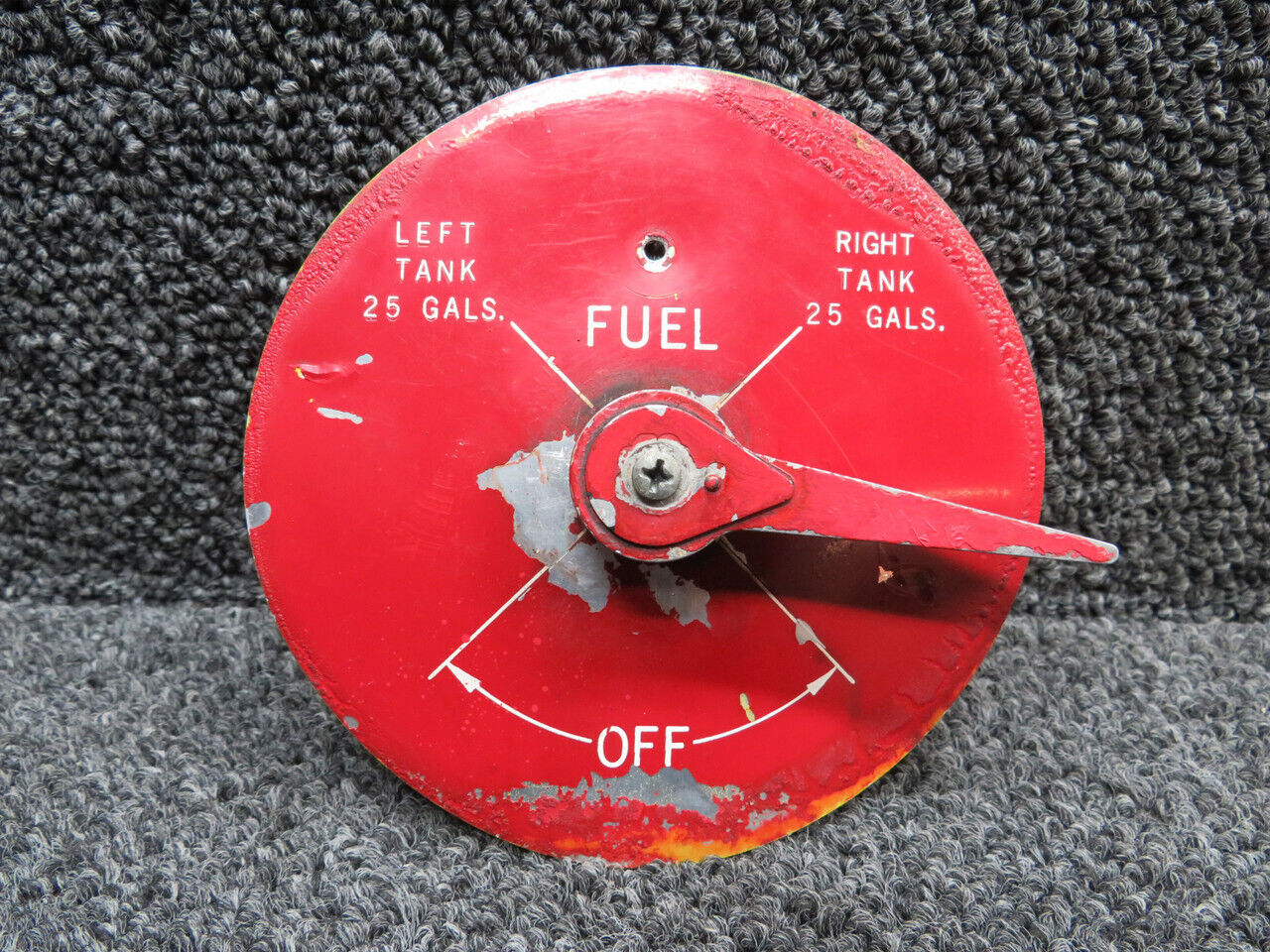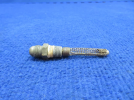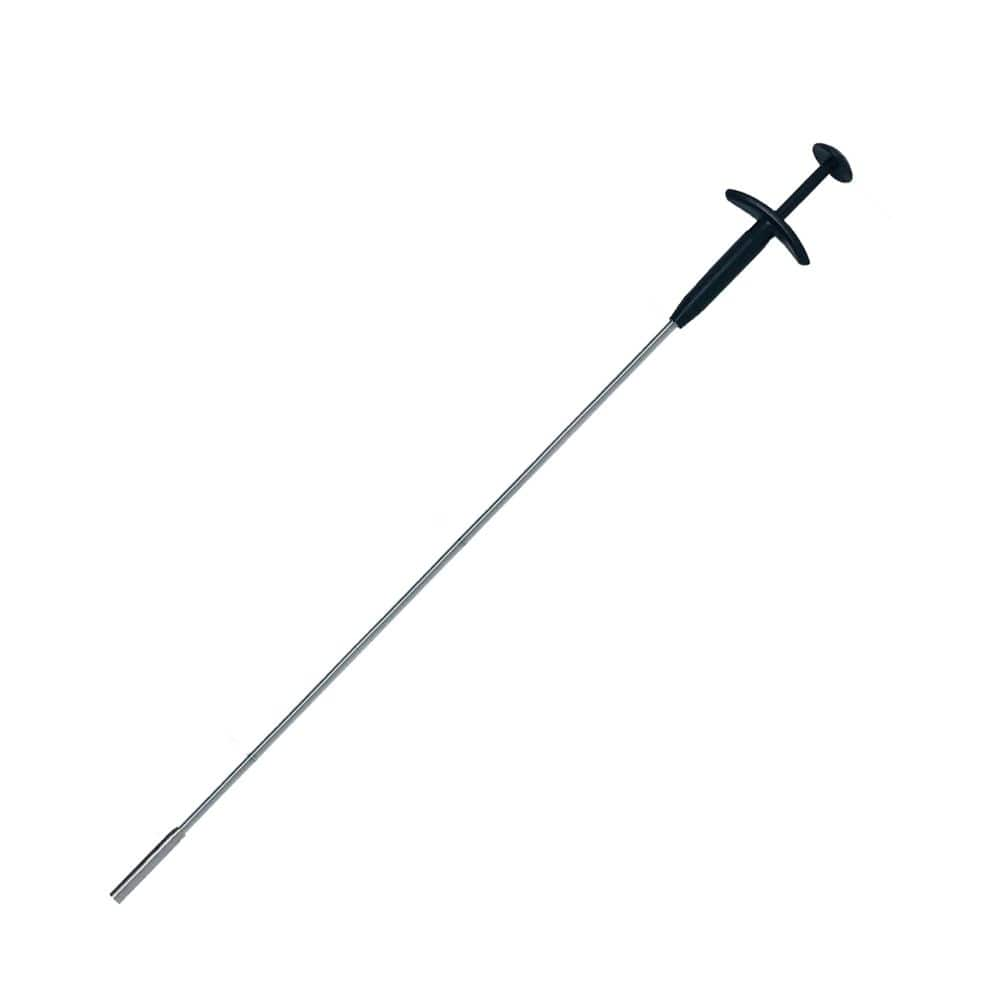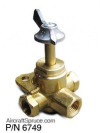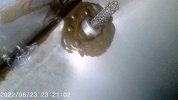Hi fellow aviators.
I feel stupid as hell - but while fueling the wind blew a 1 inch piece of this plastic packaging into the open fuel nozzle of my PA28 tank full of AVGAS.
Can't find it anymore
As low hour newbie: what can happen and what to do?
Greetings
Bernd
I feel stupid as hell - but while fueling the wind blew a 1 inch piece of this plastic packaging into the open fuel nozzle of my PA28 tank full of AVGAS.
Can't find it anymore
As low hour newbie: what can happen and what to do?
Greetings
Bernd

